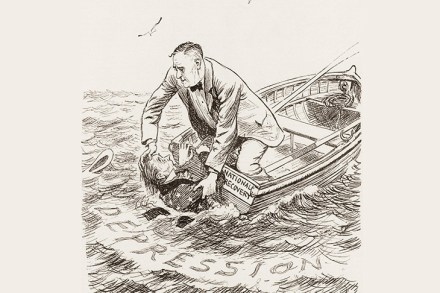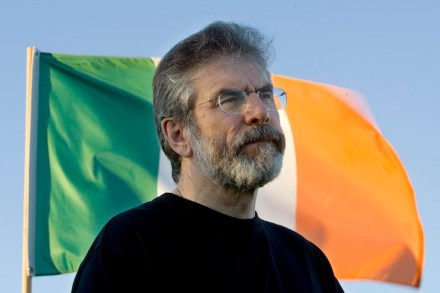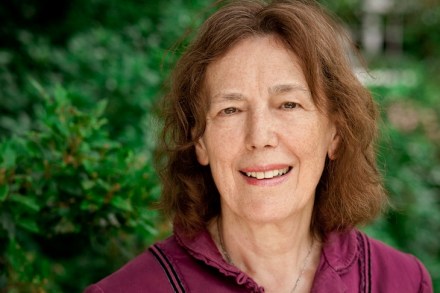Two men on a mountain
A book that opens in a Lahore refugee camp, shifts to Cat Bells Fell, rising above the shores of Derwentwater, and then swoops between the Ranigunj coalfields in Bengal, Belsize Park, a handicrafts exhibition at Kharagpur, Kensington Gore, military intelligence headquarters in Calcutta, an aircraft factory in Wembley and the Himalayas is bound to keep its readers jumping. In The Last Englishmen, Deborah Baker has written an exuberant, scene-changing, shapeshifting group biography, with John Auden and Michael Spender as its chief human protagonists. But she makes the Himalayas, and Mount Everest, palpable and vivid characters in her story too. John Auden was the geologist elder brother of W.H. Auden and





















